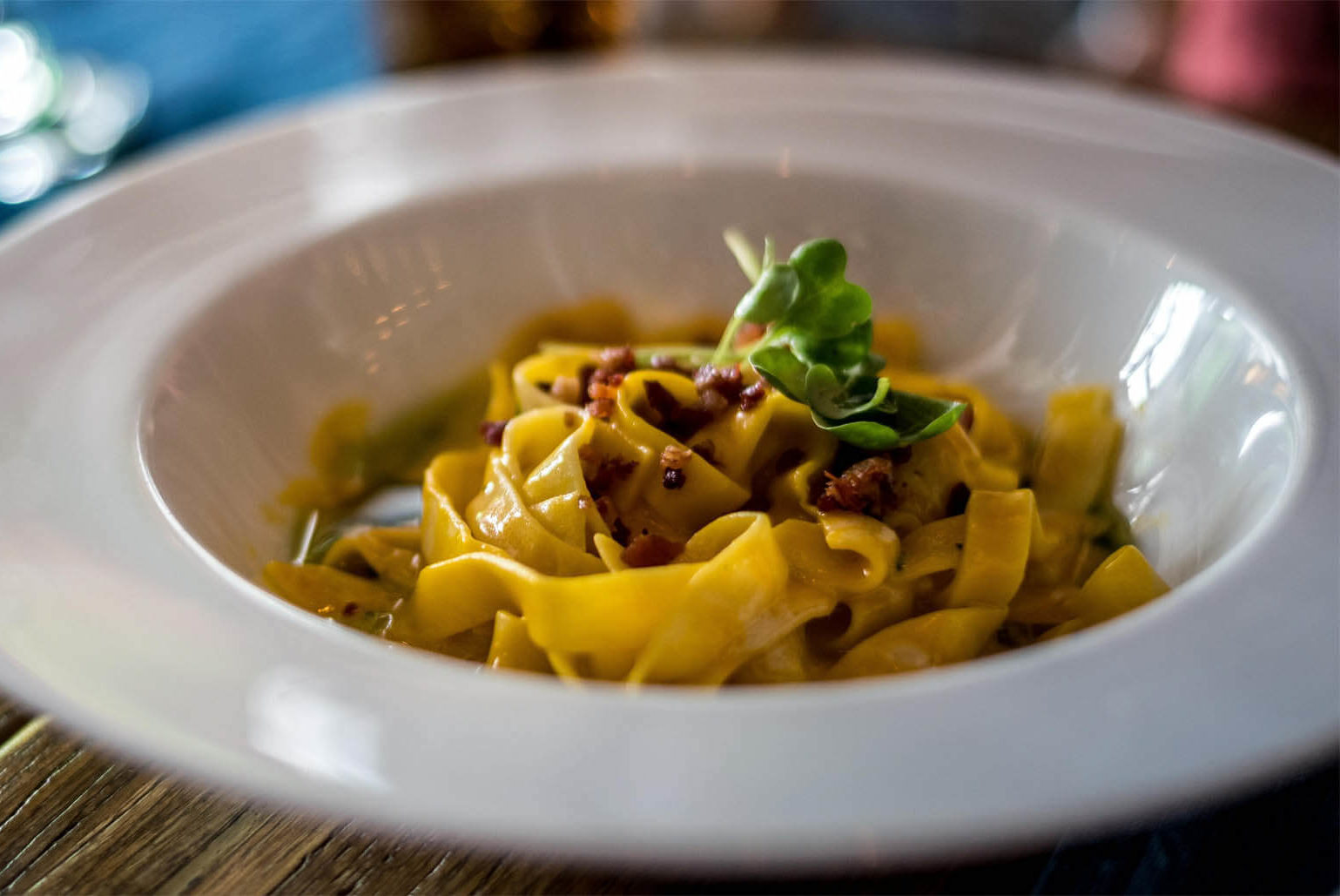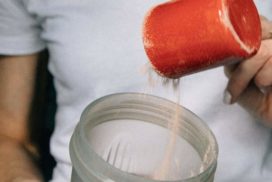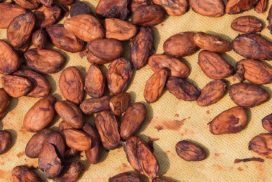Finding the optimal ratio for macros when eating in a caloric deficit can seem complex. Results in the gym not only require hours of lifting but also seem to demand a significant number of days per week to train, complex diets, giving up alcohol, calculating calories, surrendering weekends, understanding nutrition, macros, and more.
The key to building muscle can be overcomplicated but it is simple when the basics are understood: bulk by increasing how much you’re eating to build muscle, then cut by decreasing how much you’re eating to lose fat. Repeat.
Understanding the process of building muscle and losing fat is all the knowledge you’ll need for results in fitness pursuits. Optimizing those results, however, creates need for mastery of the other details like sleep, nutrition, macronutrients, cardio, programs, supplements, circulation etc.
When seeking to optimize the results from a cut, the macronutrient split (the ratio of proteins, fats, and carbohydrates) of the cutting diet plays a significant role. With the goal of losing fat and building muscle in mind, the optimal macro split is going to be high in protein, low in fat, and high enough in carbs to keep energy levels up but not hinder weight loss.
Before going in depth, a general macro recommendation for a weightlifter in a caloric deficit is 1.2-1.6 grams of protein per lb of bodyweight, .4-.6 grams of fat per lb of bodyweight, and the rest filled with carbs.
Total Protein
The RDI (recommended dietary intake) of protein is .36g per pound of bodyweight. This number is mostly based on the minimum protein required to avoid deficiency and therefore is not very accurate for a weightlifter, or any athlete whose body needs the ability to repair itself.
Generally, outside of the recommended values for not being deficient, the standard advice for protein is 1g of protein for pound of bodyweight, or 2.2 grams per kilogram of bodyweight. This is closer to what the body truly needs and will most likely be sufficient for a weightlifter.
To get an exact value for the protein intake that’s best, your body composition is a factor as well. Higher amounts of muscle mass require higher amounts of protein to be maintained so if someone is more muscular their diet should be comprised of more protein. Someone who is 200 lbs and 20% bf (body fat) will need less protein (maybe 200-220 grams total) than someone who is 200 lbs and 12% bf who might need around 250-280 grams. This is because lower amounts of body fat mean that more of the body’s weight is made up of lean mass (bone and muscle).
Additionally, the rigor of training is important to take note of as well. The more training being done, the more protein there is that will be required for recovery.
While someone who is merely trying to lose weight may only need 1 gram of protein per lb of bw, someone who is training frequently will need to combat MPB (muscle protein breakdown) by having a higher protein intake.
Compared to fats and carbs, protein has the highest thermic effect meaning it requires more calories to digest. This correlates with satiety, leading to the feeling of being full rather than hungry. Higher satiety improves the ability to stick to the calories of a diet, ultimately bettering the results from cutting.
So, for a weightlifter, who is eating below maintenance calories, the protein per lb of bodyweight should be at minimum 1 gram but ideally, in the range of 1.5-1.7 grams, or 3.3-3.8 grams for kg of bodyweight. As the cut progresses protein intake should be higher since body composition will change, however over 1.8 grams/ lb of bodyweight is unnecessary.
Total Fat
Fat plays an important role in any diet. Without fat intake, the body would be left without fatty acids and would eventually develop deficiencies in fat soluble vitamins.
The most current recommendation for fat intake is 20-35% of total calories. Fat is 9 calories per gram so for a 2,000 calorie diet, it is recommended to have 45-78 grams of fat. Most weightlifters eat well above a 2,000 calorie diet, however, but since fat is really only needed minimally and can be sacrificed for protein intake, the 45-78 grams of fat per day range is fairly accurate in a cutting diet of someone who lifts.
Fat has the lowest satiety effect of all the macros meaning that it fills you up the least. It also is the slowest source of energy due to how the body digests and converts it. These are both reasons for why many fitness experts and experienced lifters opt for higher amounts of carbs, sacrificing fat intake.
The argument for higher fat intake is mainly its positive effect on hormones. Testosterone production depends on cholesterol and fat. The body is capable of producing cholesterol on its own however it benefits from cholesterol-containing and fat-containing foods. Fat intake is crucial but between a higher-fat diet vs higher-carb diet, the carb-high diet is overall preferred, making around .4 grams of fat per pound of bodyweight (.88 grams per kg of bodyweight) optimal for cutting.
Total Carbs
Carbs are sugars, starches, and fibers that the body breaks down into glucose and utilizes for energy.
Current recommendations for carb intake are that it should be 45-65% of total calories. Following these guidelines, for a 2,000 calorie diet, it is recommended to be eating 225-325 grams of carbs a day.
Carbohydrates are prioritized over fats for weightlifters during cutting because they have a higher satiety and provide the primary source of energy for the body. Higher carb intake leads to higher glycogen storage which leads to better lifts and strength retention. After training, muscle glycogen stores are depleted requiring carbohydrates to refill.
Without sufficient carbohydrate intake, training will be impacted, energy levels will decline, and overall performance as well as mood will be non-ideal. When cutting, consistency is crucial making satiety, energy, strength in the gym, and general mood all vital for a successful period of fat loss.
Keeping carbs as high as possible will help make the diet sustainable and prevent loss of strength gains. For a weightlifter, about 2 grams of carbs per pound of bodyweight is ideal. If there is room in your calories after protein and fat that should be filled with carbs however over 2.6 grams of carbs per pound of bodyweight most likely means either your protein or fat intake is too low if you are in a caloric deficit.
Macro Splits Per Calorie Diet and Summary
| Calories | Protein (grams) | Fat (grams) | Carbs (grams) |
| 2,400 | 190-205g | 45-65g | 270-290g |
| 2,500 | 195-215g | 48-67g | 285-300g |
| 2,600 | 205-225g | 50-70g | 295-315g |
| 2,700 | 210-235g | 53-726 | 310-325g |
| 2,800 | 220-240g | 55-75g | 320-340g |
| 2,900 | 225-250g | 58-77g | 335-350g |
| 3,000 | 235-255g | 60-80g | 345-365g |
This table is a rough estimation of macro splits per calorie diet for lifters on a cut. If your caloric diet isn’t listed on the graph just add or subtract 10g protein, 5g fat, and 15g carb per 100 calories depending on if you’re above or below these values.
These numbers may need to be adjusted depending on how you feel eating at the macro split. These values are also assuming that you workout frequently, if not protein should be lowered and fat can be increased.
These split ranges prioritize carb intake to keep energy levels high and glycogen stores optimal. The protein is recommended based off the range of 1.2-1.6 grams per pound of bodyweight, the fat is based off the minimal range, .4-.6 grams per pound of bodyweight, and the carbs are calculated at around the range of 2-2.2 grams per pound of bodyweight. These are all the optimal ranges of macros for a caloric deficit with the goal of losing fat and maintaining muscle.
Summary
For most weightlifters the best macros for cutting are 1.2-1.6 grams of protein per pound of bodyweight, 0.4-0.6 grams of fat per pound of bodyweight, and 2-2.2 grams of carbohydrates per pound of bodyweight.
For more on eating and losing fat, such as the top 7 foods for a clean bulk and how to meal prep, click here.







